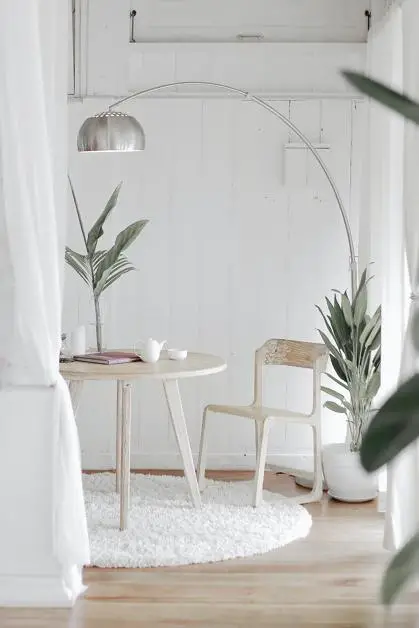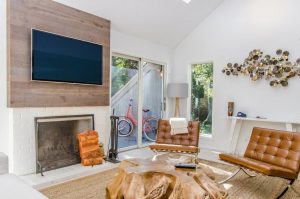During the 1990’s wooden window shutters became very popular is the United States, part of a widespread increase in real wood window accessories.
Wood shutters were however relatively expensive, so alternatives soon appeared in the shape of wood blinds.
Now the trend has reversed and the ever popular wood blind market has encouraged a resurgence in wood shutters, and in particular faux wood shutters which give a wood effect but at much less cost to the consumer.
So why should you choose a faux wood shutter over real wood?
Window shutters are designed to provide privacy and to shade your room from the sun’s rays, and have advantages over similarly priced blinds in that the shutter can provide a more complete shade, letting less light into the room.
Faux wood shutter sets are generally made from PVC or a composite material and are designed to afford the buyer all the advantages and aesthetic attractions of real wood without the inherent costs associated with natural wood.
15 or 20 years ago wood blinds were bought mostly by the wealthy, however the development of the faux wood shutter has made shutters more affordable, in fact forcing manufacturers to lower the relative cost of real wood units to prevent an erosion of their sales.
This means real wood shutters are affordable for many more people, but faux wood shutters are still the cheaper option.
However this narrowing of the price difference has meant that currently around 50% of custom blinds sold in the US are faux wood, and the percentage for shutters is likely comparable.
One of the reasons consumers often choose a faux wood shutter is concern for the environment, people are now aware of global problems involving natural wood depletion and look for assurances that the wood used is sustainable and is being replaced.
This concern is not an issue with faux wood shutters of course, however it could be argued that wood is at least a biodegradable material where PVC and composite materials can contribute to growing refuse disposal problems in the future.
In the minds of the majority of buyers these issues tend to register less than price and aesthetics, but it is something to be considered.
There are obvious advantages to faux wood shutters in terms of strength and resistance to damage, a faux wood shutter will not warp fade or crack like a wood shutter, and PVC will keep its shape and texture much better than wood over long periods exposed to the sun.
The shutters themselves are available in many looks and textures, replicating many real wood varieties, even common wood stains and varnishes.
It must be said that most people can very quickly tell the difference when close to the shutters, however the purpose is simply to convince the casual observer from a distance and help create an expensive wood “look” to the home or room.
The question of which type of shutter to choose, either faux or wood, can only be answered by the buyer.
However for most people the choice comes down to one simple question: how much are you prepared to pay? You will find most real wood shutters are still expensive and if you are buying them for every window in your home it can be a significant outlay.
Take a close look at the faux wood alternatives, you may just find exactly what you are looking for, at significantly lower cost.




